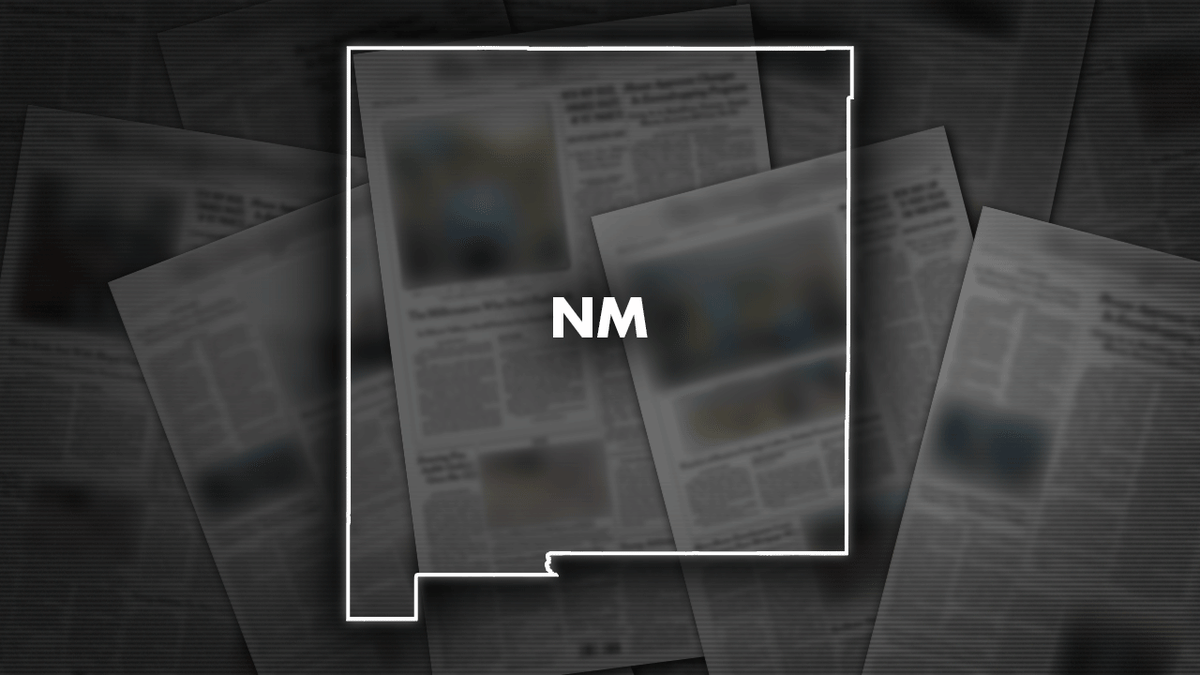The U.S. Department of Energy says it's making progress on a new ventilation shaft at the nation’s only underground nuclear repository that will allow the facility to ramp up operations as it disposes of tons of waste from decades of research and bomb making.
Contractors have dug more than a third of a mile (half a kilometer) into the New Mexico desert to build the shaft and are about 250 feet from reaching the final depth.
Ventilation at the Waste Isolation Pilot Plant has been an issue since 2014, when a radiation release contaminated parts of the underground facility and forced an expensive, nearly three-year closure. It also delayed the federal government’s multibillion-dollar cleanup program and prompted policy changes at national laboratories and defense-related sites across the U.S.

New Mexico’s Waste Isolation Pilot Plant is being upgraded with a new ventilation shaft. Contractors have already dug a third of a mile into the New Mexico desert.
Carved out of an ancient salt formation about half a mile deep, the subterranean landfill located outside of Carlsbad received its first shipment of radioactive waste in 1999. The idea is that the shifting salt will eventually entomb the waste.
Officials said about 13,000 yards of concrete were used to line part of the new utility shaft, while the remainder will be lined with steel mesh and bolts to keep the salt walls in place.
CLICK HERE TO GET THE FOX NEWS APP
The work involves geological mapping, drilling and blasting before all the material is excavated to make way for the shaft.
Officials said the whole ventilation system is expected to be done by mid-2025 and will triple the air flow.
Environmental groups and nuclear watchdog groups have voiced concerns that the ventilation project could lead to further expansions of the repository.


